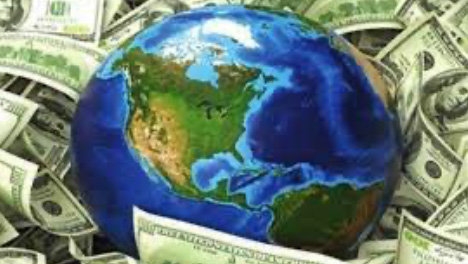A world reserve currency is a currency that is held in significant quantities by governments, central banks, and other financial institutions around the world, and that is widely used in international transactions and as a store of value. Typically, a world reserve currency is considered to be a stable and trusted currency and is used as a benchmark for global trade and financial transactions.
The US dollar is currently the world’s most widely used reserve currency, accounting for approximately 60% of global foreign exchange reserves. Other currencies, such as the euro, the Japanese yen, and the British pound, also have a significant share of global foreign exchange reserves. But none are close to the dollar in terms of size, scope, usage, and acceptance.
Having a world reserve currency can bring many benefits to the issuing country, such as increased global economic influence, the ability to borrow money more easily and at lower interest rates, and the ability to control the global supply of money and credit. However, it also comes with significant responsibilities, such as maintaining the stability and value of the currency and ensuring that it remains widely trusted and accepted by other countries.
Historically, world reserve currencies have changed over time, with different currencies rising and falling in prominence depending on the economic and geopolitical conditions of the time.
Avg lifespan of a reserve currency
The lifespan of the average world reserve currency can vary widely, and there is no set timeline or formula for how long a particular currency will remain dominant. However, historical data suggests that the lifespan of a world reserve currency tends to be several decades or longer.
For example, the British pound sterling served as the world’s dominant reserve currency during the 19th and early 20th centuries, lasting approximately 100 years. The US dollar has been the world’s primary reserve currency since the end of World War II, a period of more than 75 years.
However, there have been other cases in history where reserve currencies have lost their dominant status more quickly. For example, the French franc was a major reserve currency during the 19th century but lost its status after World War II. The German mark was also a significant reserve currency in Europe during the post-war period, but it was replaced by the euro in the late 1990s.
The lifespan of a reserve currency depends on a variety of factors, including the economic and political stability of the issuing country, the size and strength of its economy, the level of global demand for the currency, and the availability of alternative currencies or financial instruments. As these factors can change over time, the lifespan of a reserve currency is inherently uncertain. What is certain is there has been no reserve currency that has survived the test of time, all have been replaced.
